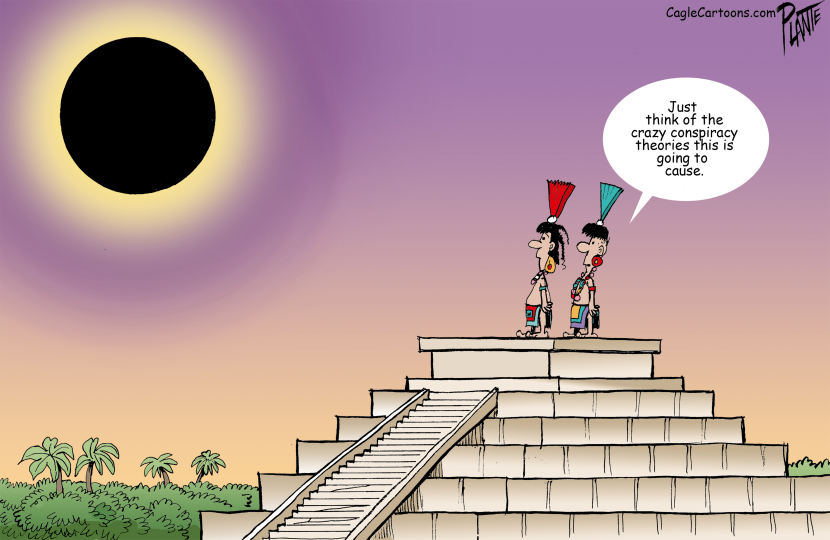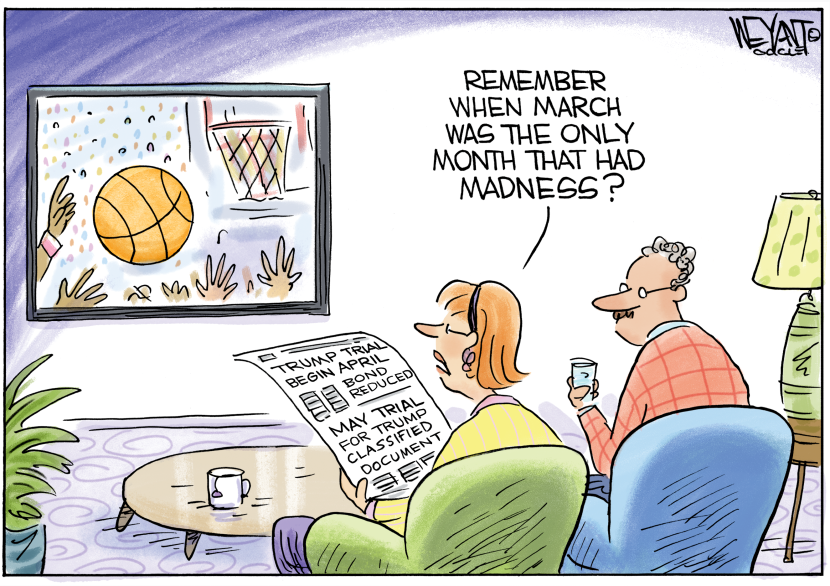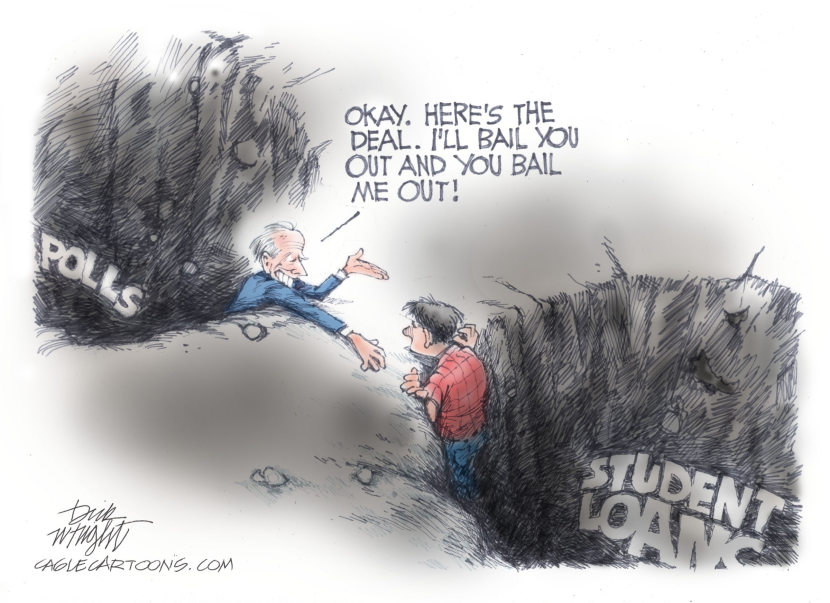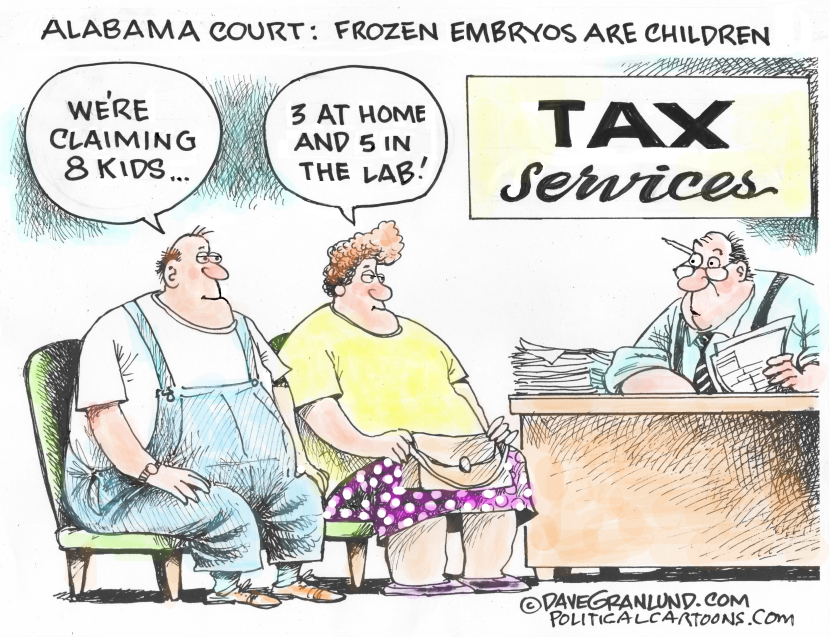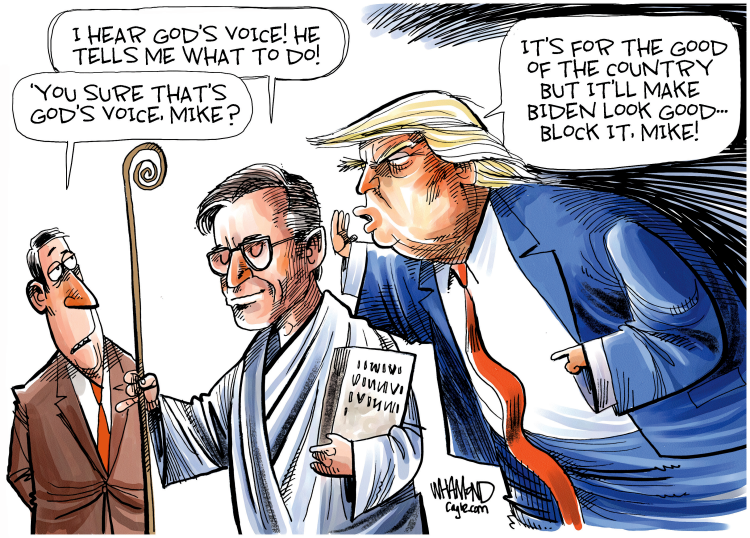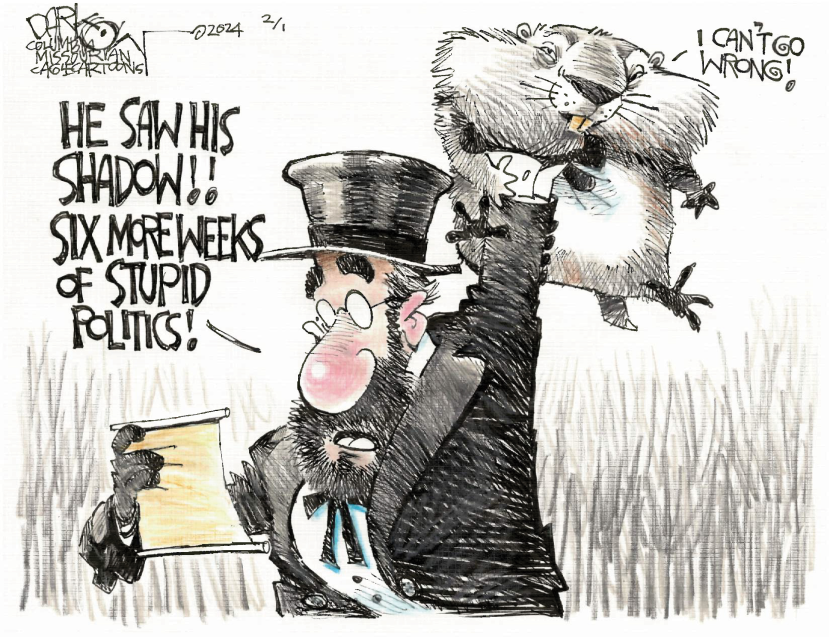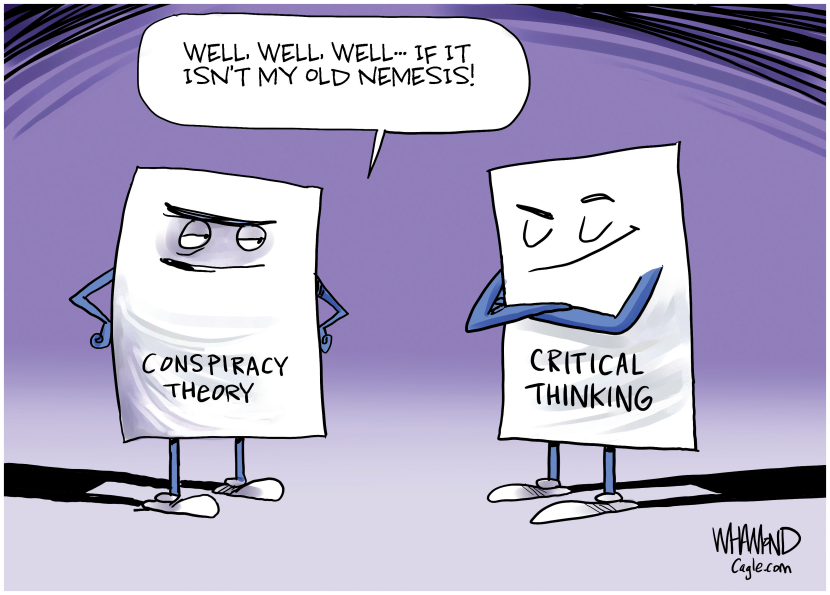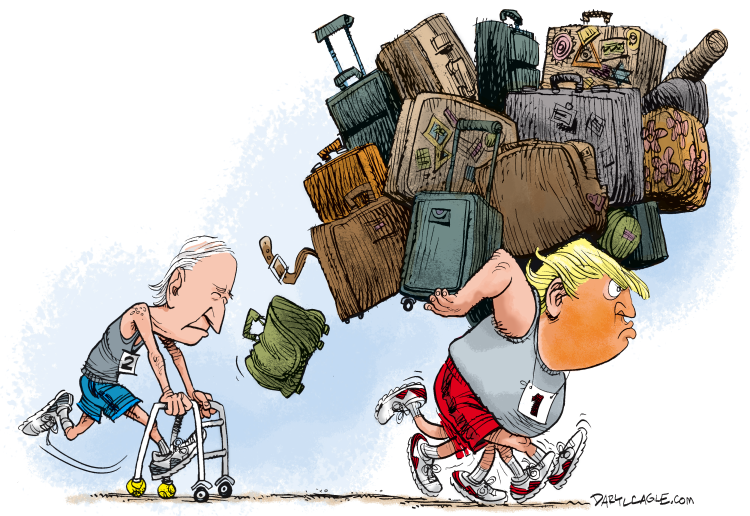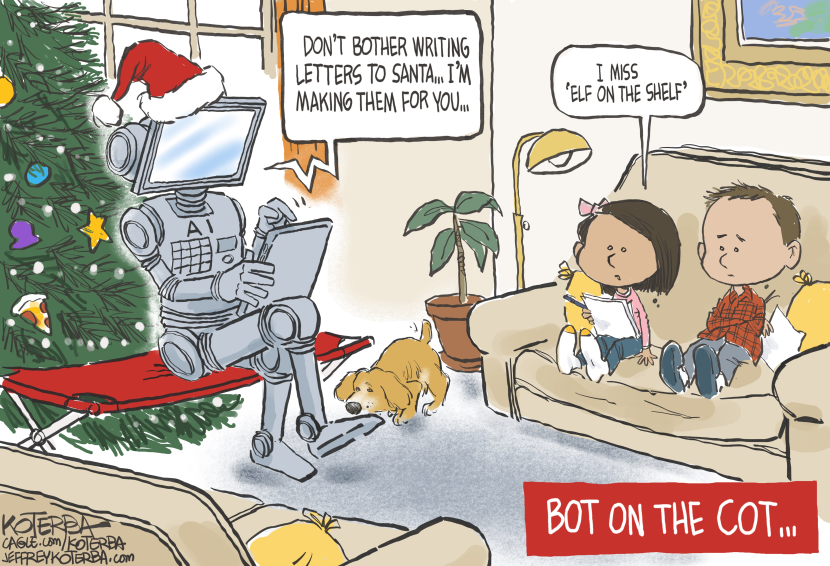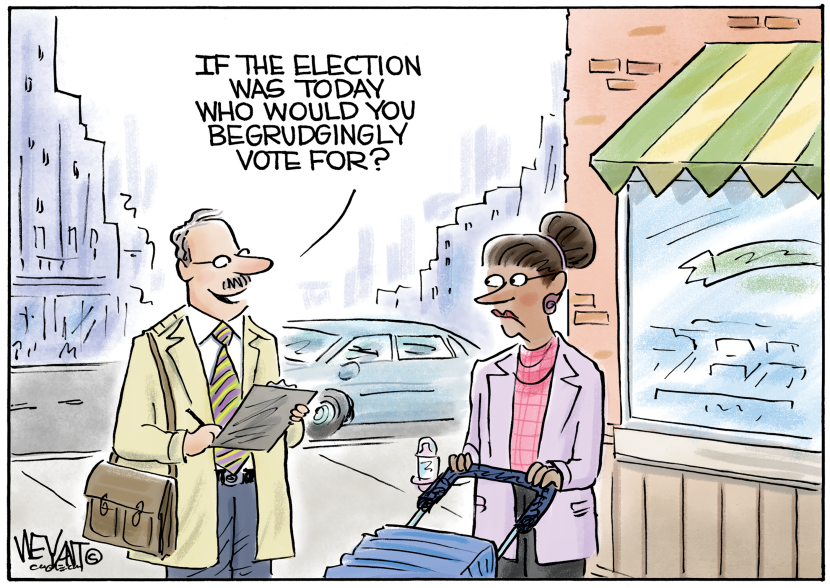
I was so rushed with the end of my India trip that I neglected to do a post about my visit to Hyderabad, the huge, hi-tech city in the middle of India. The Hyderabad cartoonists were great, and I enjoyed drinking with them through the night in the backyard of the Press Club, where I had some particularly hot Biriyani that made me sweat and shake, to the amusement of my colleagues. I especially enjoyed meeting renowned, veteran Hyderabad cartoonist, Mohan, who moved on from being a local, Telegu language political cartoonist for the huge Sakshi newspaper, to running his own animation studio.
The US Consulate put on a lovely show of my work in cooperation with the Muse Art Gallery at the Marriott Hotel in Hyderabad – they did a great job. I was impressed that they included my more edgy cartoons that would have gotten me thrown in jail, if America suffered the same, poor press freedoms as India.
I gave speeches at the Sri Venkateswara College of Fine Arts and the Tata Institute of Social Sciences, and at each a bunch of girls ran up to me after my talk to tell me how they have known my work for years because my cartoons appeared in their high school textbooks, which was fun.

There has been a lot of talk in India recently about banning some cartoons from high school text books, in particular, this one (below right).
This textbook cartoon controversy was much more interesting to the Indian cartoonists that I met than the brouhaha about the jailing of Aseem Trivedi, which was raging at the time. The cartoon was the subject of debate in the Indian Parliament, where it was described as racist, for showing former Indian Prime Minister Nehru, supposedly whipping Bhimrao Ramji Ambedkar, a lower caste politician who is riding a snail. In fact, Nehru is not whipping Ambedkar – both Nehru and Ambedkar are whipping the snail, because they want the process of writing India’s new constitution to go faster.
In America we have idiots who fight to take evolution out of science text books all the time, so the idea that the Indian cartoonists were so invested in this debate, when one of their colleagues was thrown in jail for drawing their Parliament building as a toilet, seemed to be misplaced priorities to me.
I was very impressed by the colored pencil work of Shri Shankar Parmarthy, the staff cartoonist for the Sakshi newspaper, who did this great caricature of me standing in front of Hyderabad’s historic Charminar (top right).
I’ve posted Shankar’s brilliant Mother Teresa and Dalai Lama caricatures below. Impressive stuff.



